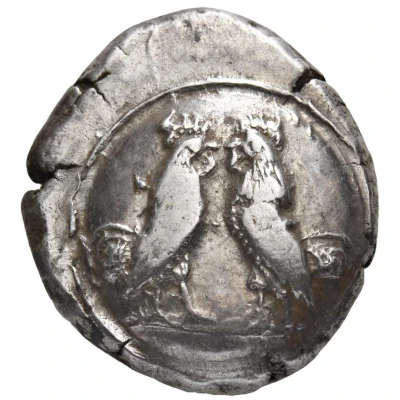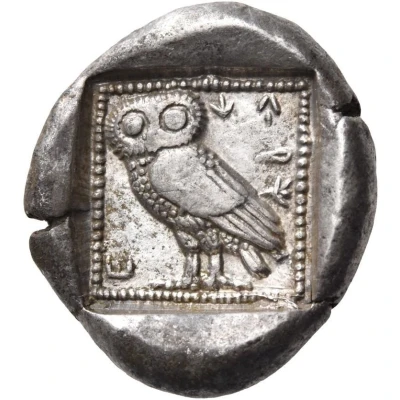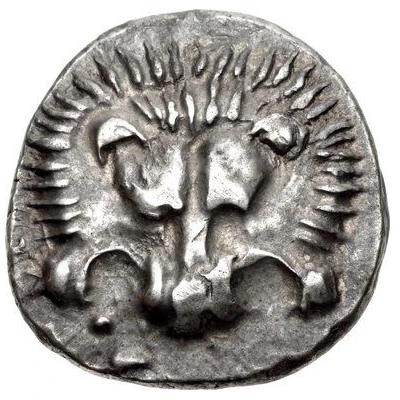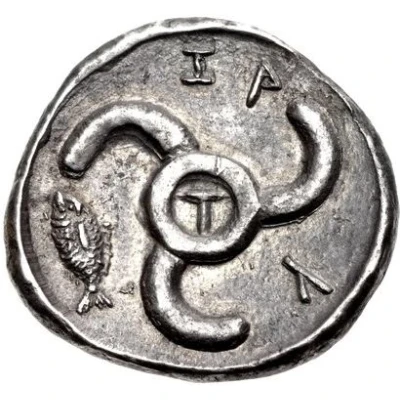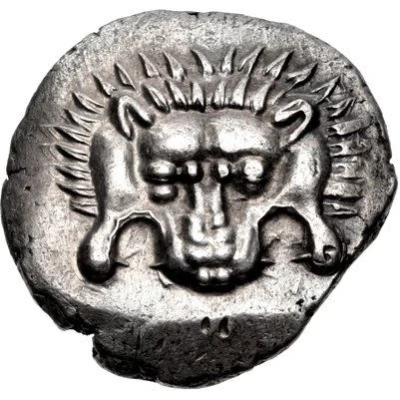
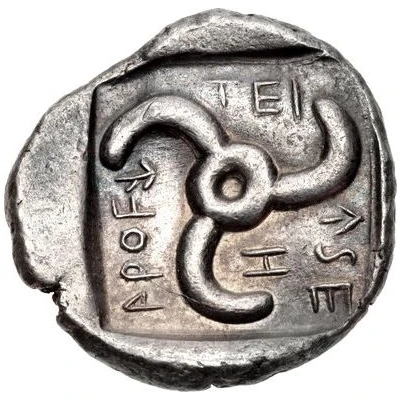

© Classical Numismatic Group, Inc.
Stater - Aruwatijesi Zagaba 390 BC - 370 BC
| Silver | 9.63 g | 25.5 mm |
| Issuer | Dynasts of Lycia (Achaemenid Satrapies) |
|---|---|
| Dynast | Aruwatijesi (circa 390-370 BC) |
| Type | Standard circulation coin |
| Years | 390 BC - 370 BC |
| Value | Silver Stater (3) |
| Currency | Drachm (550-330 BCE) |
| Composition | Silver |
| Weight | 9.63 g |
| Diameter | 25.5 mm |
| Shape | Round (irregular) |
| Technique | Hammered, Incuse |
| Demonetized | Yes |
| Updated | 2024-10-10 |
| Numista | N#424211 |
|---|---|
| Rarity index | 100% |
Reverse
Triskeles; ARUWÃ-TIJ-ESI (in Lycian) around, Z (mint mark) in one section; all within incuse square.
Script: Lycian
Comment
SNG von Aulock 4202 var. (without mint mark); Falghera –; Reuter 91 var. (without mint mark); SNG Copenhagen Supp. –.
Interesting fact
One interesting fact about the Aruwatijesi (Zagaba) coin is that it features a unique blend of Lycian and Persian design elements. The obverse side of the coin depicts a bearded king wearing a Persian-style crown, while the reverse side shows a lion attacking a stag, which is a common motif in Lycian art. This blending of styles reflects the cultural exchange and influence that occurred during the Achaemenid period, where Persian and Lycian cultures coexisted and interacted.
